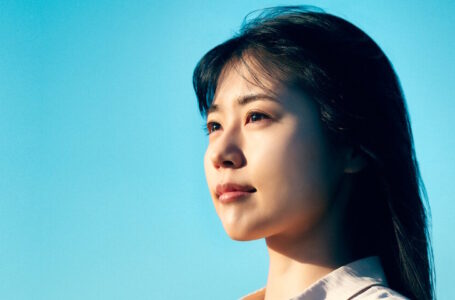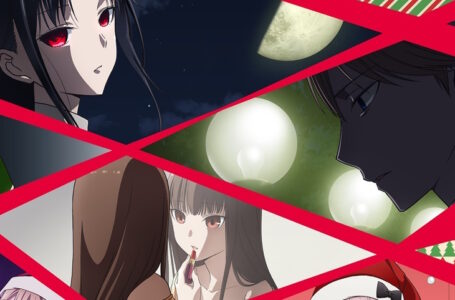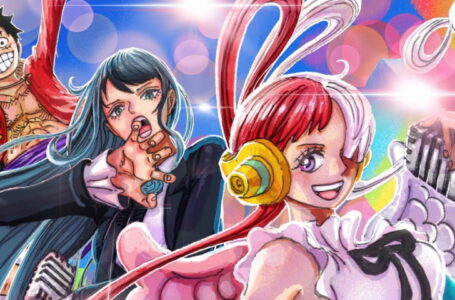Auteur Shunji Iwai and his underrated gem Picnic
It has been a while since I explored Japanese movies, so my intention here is to kickstart a new column of sorts to re-explore this specific category here at Rice Digital.
For today’s article I am going to start diving into the works of auteur director Shunji Iwai, a household name in Japanese cinema. As an auteur who started gaining international attention for releases such as 2001’s All About Lily Chou-Chou and 2004’s Hana and Alice, I wanted to start with him by focusing on one specific factor: his earlier works involving and starring my favourite Japanese singer Chara. So without further ado, here is a look into Shunji Iwai’s Picnic, a title that released in June of 1996, and one which was the first of two of his movies to star Chara.
The simple yet unusual premise for one of Shunji Iwai’s earliest films
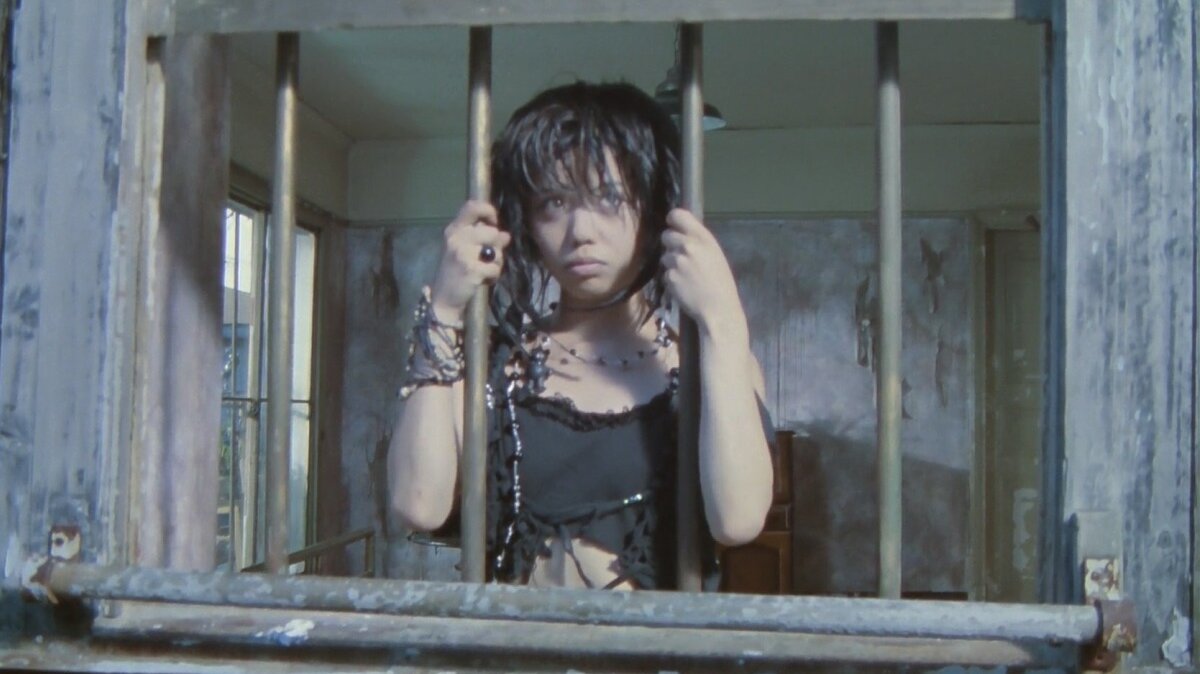
Picnic (stylised as PiCNiC) was filmed in 1994 and follows a young girl called Coco, the most recent patient put into a mental institution. Being delivered to the mental institution’s doorstep by her uncaring mother and father, Coco is left to defend for herself against the even less sympathetic and downright cruel workers plaguing said grounds.
That is, until she strikes a friendship with Tsumuji, a young man troubled by hallucinations of an uncomfortable puppet-like male adult, and his mate Satoru who immediately gets all hot and bothered about Coco upon meeting her.
Together, the three stumble upon a church, a priest and a Bible. When reading the Bible, they collectively misunderstand a passage within its pages as an indication that the world will end the following day. They then decide to explore the walls outside the mental institution with the intention of never returning, and instead having a picnic to watch the world end.
An incredible payoff
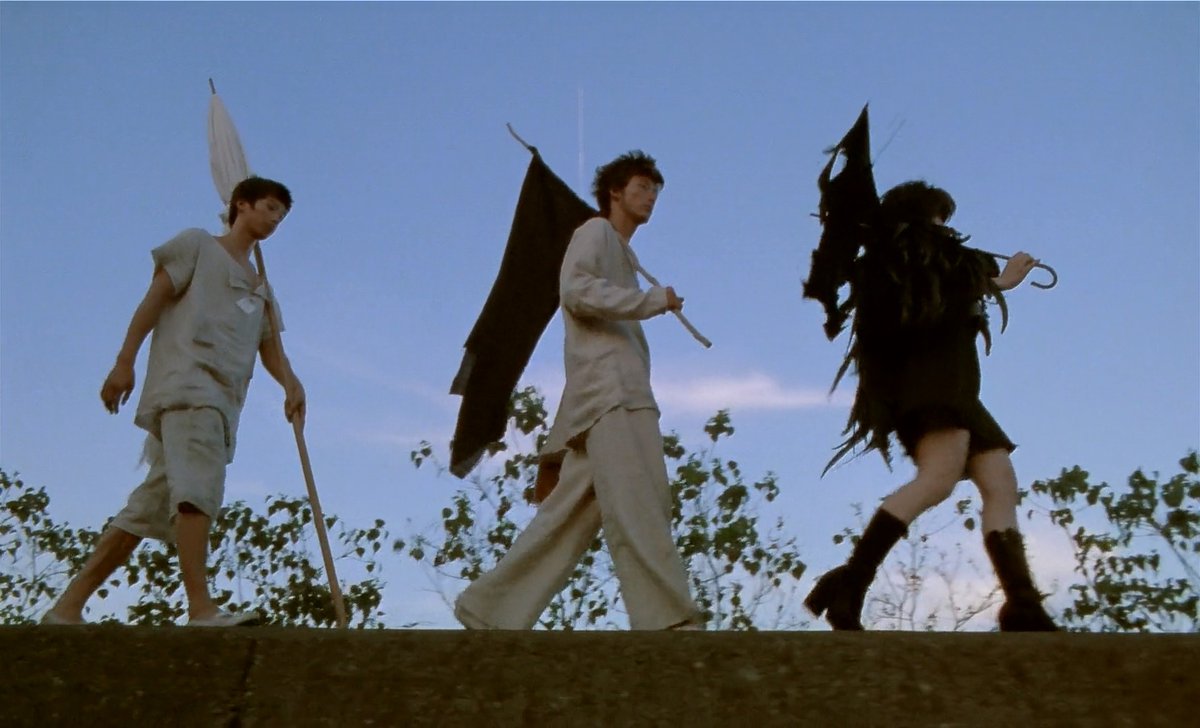
Picnic has a simple premise, and with a runtime of barely an hour long, its story and messages could not be any more streamlined. It’s nothing that deep, but certain prevailing themes certainly leave their mark. For starters, Chara as Coco is as whimsical as she should be for a character as carefree and obnoxious as she is. Her portrayal as the crow feather-donning wild child won her the Yokohama Film Festival Best New Talent award, and the character herself represents the core theme of individualism vs collectivism. The thing about Coco is that she believes her birth created the world, therefore when she dies the world dies with her.
Her confident individualism, as shown by both her ideology and the unique way that she expresses herself with her style, shows that she remains steadfast in presenting herself in the way she wants to. This is regardless of her situation: being abandoned by her parents, having all of her belongings taken away from her within the mental institution, and having to find other means of expressing herself by being resourceful and creative with the makeshift tools, materials and environment around her.
Alongside her empowering traits, Satoru is a strong contrast and something of a straggler, considering he’s a main character. Exploration of his character is limited, as he only really functions as a representation of those who fail to believe in anything — be it religion, or themselves.
On the other hand, we also have Tsumuji, whose personal growth is the only substantial character writing to be found in the film. His eventual heart-to-heart with Coco by the very last scene has him accept his situation and even move on from it, rewarding him as an unofficial love interest of sorts for Coco. It’s the most satisfying moment to be had for its characters in the end.
What stirs the soul
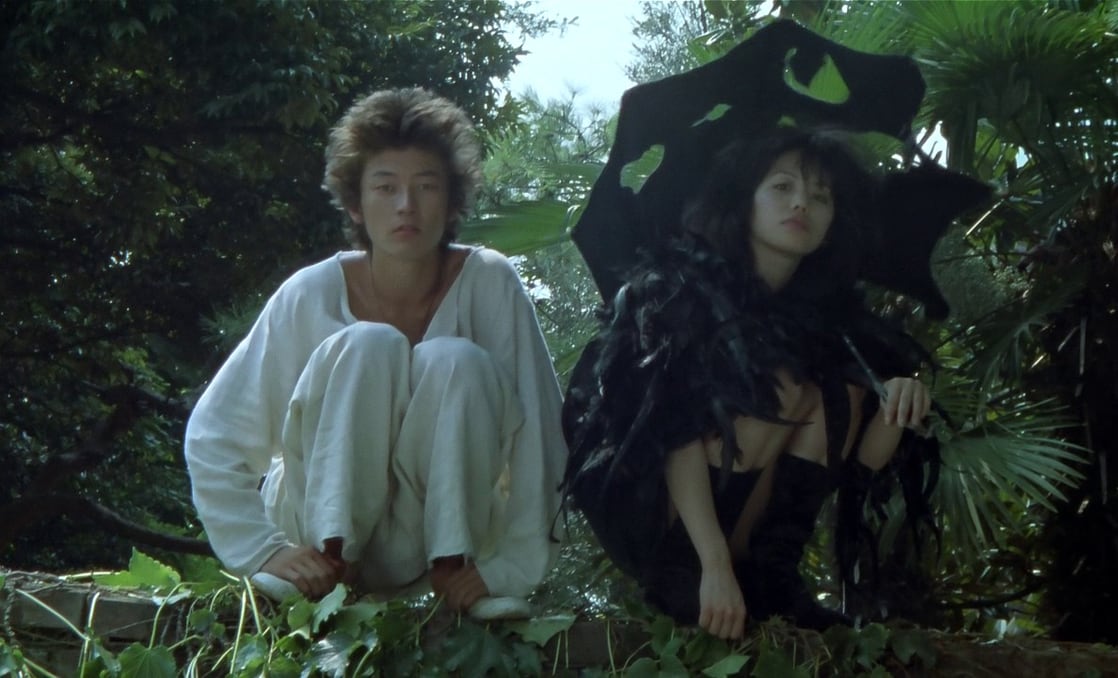
Due to the relatively little amount of dialogue through its short runtime, the ideology presented in the film is fantastical, yet the characters are completely grounded. Despite the characters rarely speaking, the lines of dialogue throughout the film are full of double meanings, representing deeper, even contradictory factors to the cast and their motivations. They’re only human after all.
Considering the very dark underbelly concerning the characters’ backstories, things are made much more light-hearted in the long run thanks to their developing bond with one another in the present day. Many moments are even unexpectedly comedic, making for a whiplash of emotions as scenes of the more disturbing kind come and go between them. The presence of such uncomfortable imagery, however, better illustrates to the audience how these characters have always been struggling with difficulties.
The scenes shot outside the mental institution are, as you might expect, a picturesque and idyllic exploration of the world surrounding the characters. Walls are used as an allegory throughout, but not negatively, unlike how they are often presented in other works. The walls containing the three main characters represent the immediate source of freedom they end up exploring and ultimately, unintentionally embracing. This allows them to see the world differently — and as a result, the audience can, too.
With breathtakingly grainy and fuzzy handheld cinematography at work representing this whimsical pursuit of freedom and self-expression combined with a gothic fantasy style, Picnic is utterly captivating. And the stunning soundtrack by Remedios only serves to complement the action further. The track Walk on the Clouds stirred my emotions to no end, and continues to do so well after watching the credits roll on the movie itself.
The movie as a whole is well worth at least one watch, and with its ending featuring the most iconic shot of the entire piece, it’s an easy recommendation — so be sure to stick with the journey in order to reach that destination. With all that said, Picnic shows us that even the most tortured souls can break free of being tied down and choose where they want to go, even when they believe the world is about to end.
A DVD copy of the film with English Subtitles can be purchased at CDJapan.
Next time we will be discussing the next and last time Chara appears as an actress in another Shunji Iwai film. That’s right, it’s Iwai’s most ambitious and beloved cult title: 1996’s Swallowtail Butterfly.
Join The Discussion
Rice Digital Discord
Rice Digital Twitter
Rice Digital Facebook
Or write us a letter for the Rice Digital Friday Letters Page by clicking here!
Disclosure: Some links in this article may be affiliate links, which means we may earn a small commission if you make a purchase after clicking on them. This is at no additional cost to you and helps support Rice Digital!
- Sigh of the Abyss: Shadow Bonds – Prologue Review - October 7, 2023
- Is She The Wolf? is wickedly addicting TV - October 6, 2023
- The steady consumption of Slow Damage - October 5, 2023




